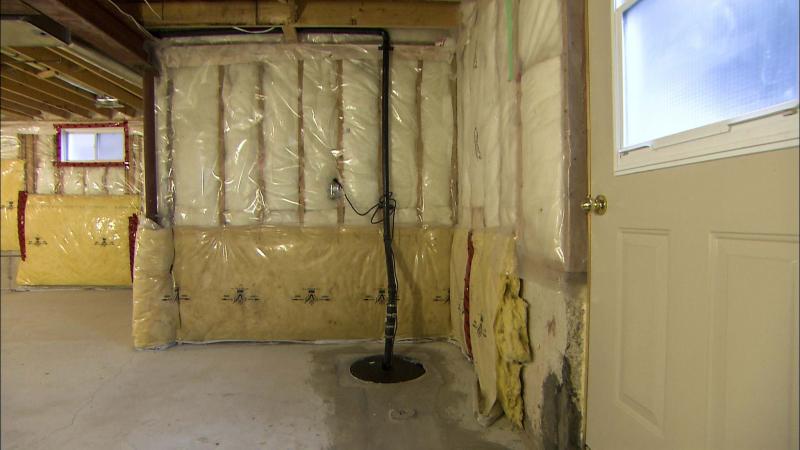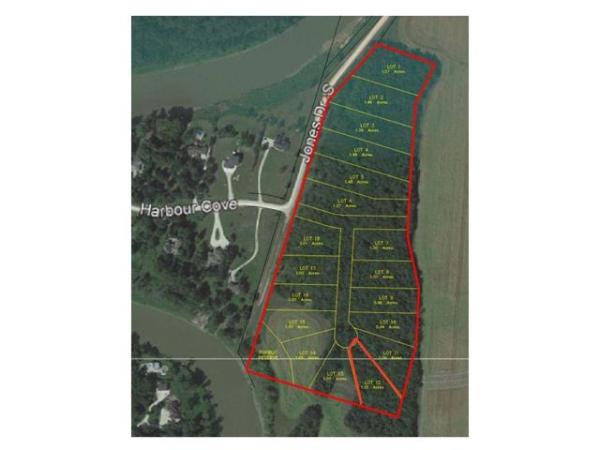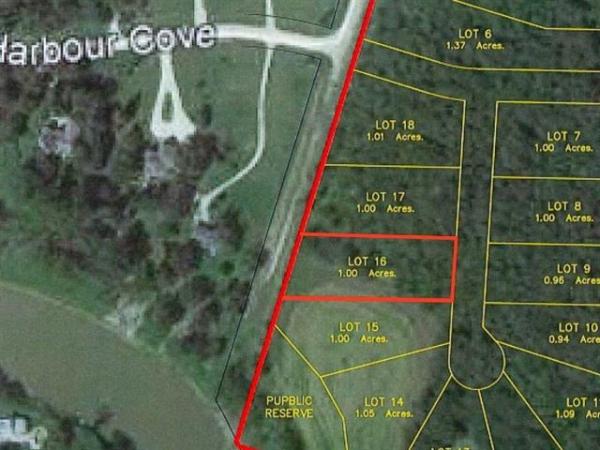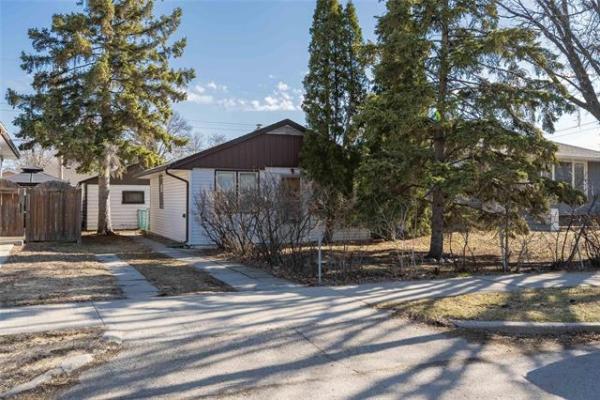Question: We are planning on finishing our basement and want to use two inch thick Dow styrofoam rigid insulation between the floor joists, with Great Stuff from Dow to seal any cracks around this insulation. We will eventually drywall the ceiling and walls, using Roxul insulation in these areas. Do we need to cover this styrofoam separately? Just wondering if we need to put extra drywall in these cavities to cover the rigid insulation?
— Thanks, Keith Gregory
Answer: Filling in the gaps between your floor joists, over the top of the foundation, with rigid extruded polystyrene is a good choice for the do-it-yourself enthusiast. Ensuring that it is properly covered for fire safety protection will largely depend on planned wall and ceiling coverings and local fire safety code enforcement.
Using extruded polystyrene (XPF) insulation for the inside of a concrete foundation is a good choice. Using it to fill in the difficult to seal areas between the floor joists above this area is an even better one, due to its properties. This material is waterproof, easily cut with a utility knife, very light and is a good air/vapour barrier. All of these are desired requirements for insulation to prevent condensation, moisture absorption and mould in a typically cool area like a basement. The only drawback is the difficulty in cutting it to exact sizes to fit in uneven areas. To compensate for this issue, your plan to use a small amount of blow-in polyethylene foam to seal any small gaps is the right approach. While that material is not as good an air/vapour barrier as the XPF, it still should provide enough of a seal to prevent air leakage and condensation in this area.
The only negative aspect of using these foam insulation products is they are combustible and may emit toxic gasses when burning. To compensate for these properties, these types of insulation should be covered to prevent harm to the occupants in the case of a fire. Typical fire protection is achieved by covering with a fire resistant sheathing like drywall. While the paper surface on drywall can burn, the gypsum core acts as a fire retardant that can lengthen the time it takes for anything behind the drywall to ignite. Fireguard drywall may be required in certain situations, because it is thicker and has a higher fire rating than standard drywall sheathing.
You are correct that leaving XPF sheathing uncovered in this area of your basement may be contravening national fire and building codes, but the requirements for covering it are at the discretion of your local municipality and their building inspectors. Also, there may be different requirements for your home as a personal residence or if you were to use it as a rental or revenue property. The requirements for commercial, industrialor multi-family dwellings can be vastly different than for your home. For that reason, the specific answer to your question may depend on the area you live in and the use of the home.
Regardless of this last point, it is unlikely that you will have to cover up the foam insulation in these small areas because of your future plans for the basement. Covering the bottom of the main floor joists with drywall to create a basement ceiling should be sufficient fire protection for the XPF. The intent of the covering is to lengthen the time it takes for the material to burn, preventing toxic gasses from harming occupants of the home before they have the ability to vacate the burning building. Especially when occupants are sleeping, this becomes a primary concern. Sleeping individuals should be woken up by a screeching smoke alarm, but this can occur too late if the insulation in the basement is burning before a smoke alarm near the bedrooms is activated or heard. Having the insulation protected by a layer of drywall on the underside of the joists may satisfy this requirement, while also limiting the amount of oxygen available should the fire start in this cavity.
The other thing to consider is the length of time you plan to delay finishing the basement ceilings. If you are planning to finish this in the distant future, several years after the XPF has been placed between the joists, covering it now with drywall may be the best choice. If your plans are to install the drywall on the ceiling in the short term, even if you don’t tape or paint it right away, then omitting the fire protective covering in those small areas makes more sense. Remembering the reason for covering the foam sheathing, and that a fire can occur at any time, should help with your decision.
Choosing to do home improvements yourself, especially items like increasing thermal insulation, is a cost effective way to make your home more comfortable, but you must take care not to sacrifice safety for economy. Covering combustible products like XPF insulation to prevent toxic gas emissions during a fire falls under this category. Checking with your local building officials for specifics should yield the final answer to whether instant drywall coverings are necessary, or if waiting for the finished ceilings is acceptable to protect the occupants of your home.
Ari Marantz is the owner of Trained Eye Home Inspection Ltd. and the past president of the Canadian Association of Home & Property Inspectors — Manitoba (cahpi.mb.ca). Questions can be emailed to the address below. Ari can be reached at 204-291-5358 or check out his website at trainedeye.ca.
trainedeye@iname.com




